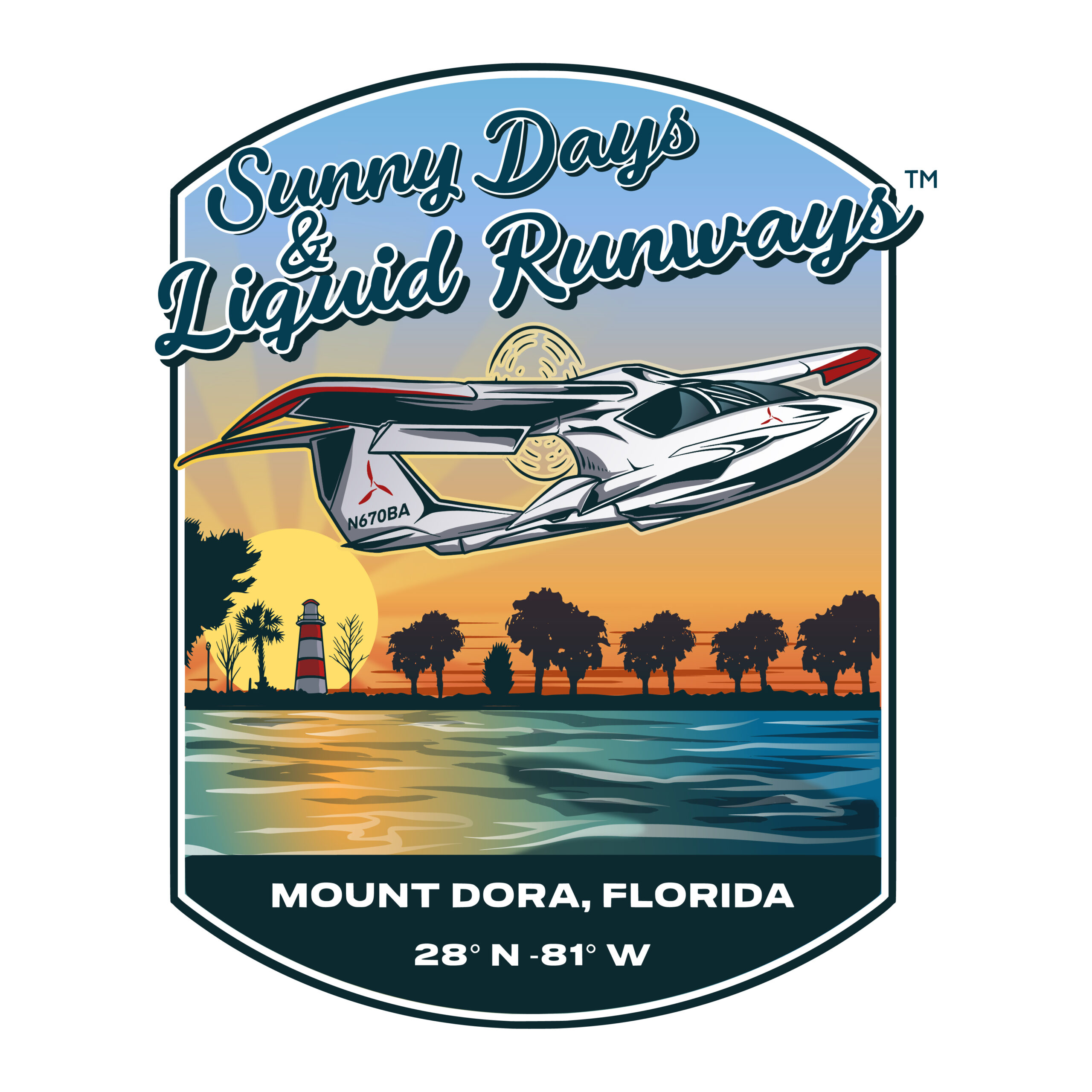Flying a seaplane offers an unparalleled sense of freedom, connecting the sky with the serene beauty of lakes, rivers, and coastal waters. However, this unique blend of aviation and maritime operation comes with its own set of challenges and demands. Unlike traditional land-based flying, seaplane pilots must navigate not just air traffic and weather, but also water currents, submerged hazards, and the intricacies of docking. To ensure safety, efficiency, and enjoyment, equipping yourself with the right gear is not just recommended—it’s absolutely essential. This guide delves into the crucial items every seaplane pilot should consider owning, transforming potential challenges into smooth, memorable flights.
Navigation and Communication for Water Operations
While standard aviation navigation tools are paramount, seaplane pilots require specialized equipment to master the aquatic environment. Understanding the nuances of water bodies is just as critical as understanding airspace.
- Aviation Tablet with GPS and Moving Map (e.g., ForeFlight, Garmin Pilot): Indispensable for airspace awareness, weather overlays, and flight planning. Ensure it includes water-specific overlays or the ability to load marine charts.
- Marine Charts: For identifying depths, submerged obstacles, aids to navigation (buoys), and suitable landing/takeoff zones on larger bodies of water. Even with digital, a paper backup is wise.
- Handheld VHF Marine Radio: Separate from your aircraft’s comms, this allows direct communication with boats, harbor masters, marinas, and for marine emergencies. Crucial when operating in busy waterways or remote areas without ATC.
- Satellite Messenger/PLB (Personal Locator Beacon): For remote flights where cellular service is non-existent, a satellite messenger provides a lifeline for emergencies and allows loved ones to track your progress. A PLB is a dedicated emergency signaling device.
Safety and Survival Equipment
The inherent risks of water operations mean that robust safety and survival gear are non-negotiable. Preparedness can be the difference between a minor incident and a critical one.
- Personal Flotation Device (PFD) / Life Vest: Every occupant must have an easily accessible, properly fitted PFD. Many pilots prefer auto-inflating vests for ease of movement in the cockpit.
- Emergency Locator Transmitter (ELT): While typically aircraft-mounted, ensuring it’s functional and registered is vital. For personal safety, a portable ELT or PLB is an excellent backup.
- Comprehensive First Aid Kit: Tailored for a marine environment, including waterproof packaging, wound care, seasickness medication, and basic tools for minor injuries.
- Signaling Devices:
- Flares (Visual): Both handheld and aerial flares for daytime and nighttime signaling.
- Signal Mirror: For long-range visual signaling in bright conditions.
- Whistle: An audible signaling device, especially useful in fog or low visibility.
- Water Survival Kit: Should include emergency drinking water, purification tablets, thermal blankets, and perhaps a small fishing kit or snaring tools for prolonged survival scenarios.
- Rescue Knife: A sharp, corrosion-resistant knife, ideally with a blunt tip, for cutting lines, seatbelts, or other obstructions. Should be easily accessible.
- Bailer and Sponge: Essential for removing water from floats or the bilge after choppy landings or heavy rain.
Maintenance and Docking Tools
Interacting directly with water and various docking facilities necessitates specific tools to protect your aircraft and facilitate smooth ground (or rather, water) handling.
- Dock Lines/Ropes: Several lengths of marine-grade rope for tying up to docks, buoys, or even beaching. Ensure they are strong and resistant to UV and salt water.
- Fenders/Bumpers: Inflatable or foam fenders to protect the floats and hull from scrapes and damage when alongside docks or other vessels.
- Paddles / Boat Hook: Invaluable for maneuvering in tight spaces, pushing off docks, or retrieving items from the water.
- Spare Tie-Downs: For securing the aircraft in various conditions, especially when beaching on uneven terrain or facing unexpected wind shifts.
- Float Pump / Patch Kit: For minor float leaks, a small hand pump and a rapid-setting patch kit can provide a temporary fix until proper repairs can be made.
- Basic Tool Kit: Corrosion-resistant pliers, screwdrivers, an adjustable wrench, and perhaps specific tools for common engine or airframe components that might need roadside (or waterside) attention.
- Anchor: A lightweight, collapsible anchor with sufficient rode (rope/chain) for temporary mooring in open water.
Personal Comfort and Preparedness
Beyond the critical safety items, a few personal gear choices can significantly enhance the comfort and overall experience of seaplane flying, especially during longer journeys or in varying conditions.
- Waterproof Bag / Dry Bag: To protect personal electronics, spare clothes, and documents from spray, rain, or an accidental dunking.
- Appropriate Clothing: Layers are key. Quick-drying fabrics, a waterproof outer shell, and sturdy water shoes are highly recommended. Always be prepared for a sudden change in weather.
- Sun Protection: A wide-brimmed hat, polarized sunglasses (to reduce glare off the water), and high-SPF sunscreen are vital, given the increased UV exposure from sun and water reflection.
- Insect Repellent: Especially when operating in remote areas near marshes, lakes, or forests where mosquitoes and other biting insects can be a nuisance.
- Drinking Water & Snacks: Staying hydrated and energized is crucial, particularly on longer flights or if unexpected delays occur.
- Waterproof Flashlight / Headlamp: Essential for pre-flight inspections in low light, post-flight checks, or any emergency requiring illumination.
Final Thoughts
The allure of seaplane flying is undeniable, offering a unique perspective on the world. However, this privilege comes with the responsibility of thorough preparation. The gear outlined above is not merely a collection of items; it’s an investment in your safety, the longevity of your aircraft, and the overall enjoyment of your aquatic adventures. By thoughtfully assembling your essential kit, you’re not just ready for the unexpected, you’re embracing the full spectrum of possibilities that flying on floats affords. Fly safe, explore widely, and always be prepared.


